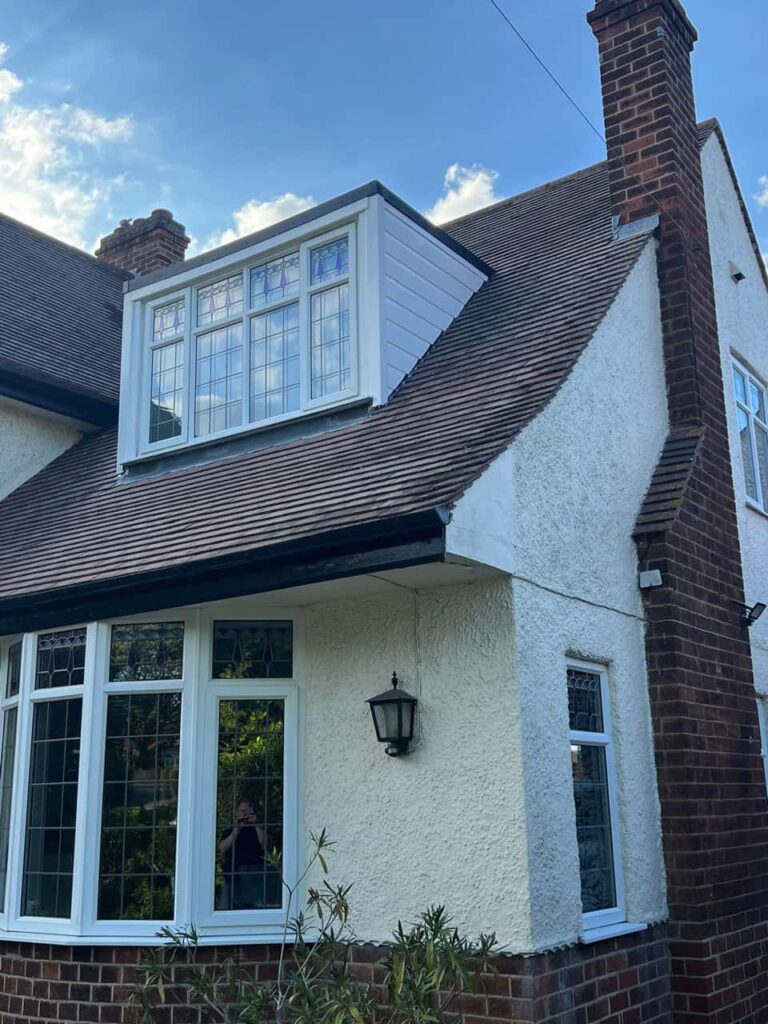A well-maintained roof is essential for the protection and longevity of your home. Among the different types of roofing systems, pitched roofs are especially popular in Barton-upon-Humber, Lincolnshire, due to their durability and aesthetic appeal. However, to ensure your pitched roof continues to perform at its best, regular maintenance is crucial.
At TRP Roofing Barton-upon-Humber, we understand the importance of roof maintenance. In this post, we will share 10 expert tips every homeowner should know to keep their pitched roof in excellent condition and avoid costly repairs.
1. Inspect Your Roof Regularly
Regular inspections are key to catching problems early before they develop into serious issues. Look for signs of damage after storms or heavy winds, and check your roof annually for wear and tear.
- What to Look For: Missing or cracked tiles, visible sagging, or moss growth.
- Why It Matters: Regular checks help identify minor issues that can be repaired before they turn into costly repairs.
2. Keep Gutters Clean
Clogged gutters can cause water to overflow, leading to leaks and potential damage to the roof and walls. Cleaning your gutters regularly, at least twice a year, will ensure proper water drainage and prevent blockages.
- Cause of Damage: Blocked gutters can lead to water pooling on the roof, causing rotting and sagging over time.
- Benefit: Clean gutters keep water flowing off the roof and prevent unnecessary strain on the roofing system.
3. Trim Overhanging Branches
Overhanging branches can cause a variety of roofing issues, from physical damage to debris build-up. Regularly trim trees near your roof to prevent branches from scraping or breaking roof tiles during high winds.
- Risk of Damage: Tree branches can puncture or crack roof tiles.
- Benefit: Keeping branches trimmed reduces the likelihood of roof damage and keeps your roof clear of leaves and twigs.
4. Check for Signs of Leaks
Leaks are one of the most obvious signs that your roof needs attention. After heavy rain, inspect the attic or upper floors for water stains, dampness, or any signs of moisture.
- Potential Causes: Damaged flashing, cracked tiles, or clogged gutters.
- Why It Matters: Early detection of leaks can prevent serious water damage to the roof structure and interior of your home.
5. Maintain the Roof’s Flashing
Flashing is the material used around chimneys, skylights, and vents to prevent water from entering the roof. Over time, flashing can deteriorate, leading to leaks.
- Signs of Failure: Rust, cracks, or gaps around the flashing.
- Solution: Replacing damaged flashing as soon as it is identified can prevent water infiltration.
6. Remove Moss and Algae
Moss and algae can grow on your roof, particularly in shaded areas, and trap moisture against the roof tiles. This can lead to the deterioration of the roof material over time.
- What to Do: Gently remove moss with a soft brush or pressure washer (on a low setting).
- Why It’s Important: Removing moss and algae helps prolong the lifespan of your roof and prevents moisture-related issues.
7. Ensure Proper Roof Ventilation
A well-ventilated roof helps regulate temperature and moisture levels, preventing issues such as condensation, damp, and the growth of mould or mildew.
- Signs of Poor Ventilation: Stale air in the attic, condensation on windows, or visible dampness.
- Benefit: Proper ventilation helps maintain the integrity of the roof and ensures a dry, healthy environment inside your home.
8. Check for Roof Tile Damage
Roof tiles can become cracked, broken, or dislodged due to storms, extreme weather, or age. Regularly inspect the tiles for visible damage.
- What to Look For: Broken, chipped, or missing tiles.
- Action: Replace damaged tiles immediately to prevent leaks and further damage to the roof.
9. Ensure Proper Insulation
Adequate insulation is essential for maintaining energy efficiency and preventing ice dams, especially during the winter months. Poor insulation can lead to heat loss and increased heating costs.
- What to Do: Ensure that your attic is properly insulated and ventilated.
- Benefit: Proper insulation helps regulate temperatures and prevent costly energy bills, while also reducing the risk of condensation and roof damage.
10. Hire a Professional Roofing Company
While many of the tasks above can be carried out by homeowners, hiring a professional roofing company for complex repairs or annual inspections is essential. A professional roofer can identify potential issues that may be missed in a DIY inspection.
- What They Offer: Expertise in spotting roof problems, access to specialised tools, and professional repair services.
- Why It’s Important: A professional roofing contractor can extend the lifespan of your roof and provide peace of mind knowing that the roof is in optimal condition.
Conclusion
Maintaining a pitched roof is essential to ensure it continues to protect your home for years to come. By following these 10 tips, you can reduce the risk of damage, improve the longevity of your roof, and avoid expensive repairs. Regular inspections, cleaning gutters, trimming trees, and addressing issues like leaks or damaged tiles early will keep your roof in top condition.
If you need assistance with your roof maintenance or repairs in Barton-upon-Humber or the surrounding areas, contact TRP Roofing Barton-upon-Humber for professional advice and services. Our team of experts is ready to help keep your roof safe and secure.
Call us on: 01652 241 127
Click here to find out more about TRP Roofing Barton-upon-Humber
Click here to complete our contact form and see how we can help with your roofing needs.

